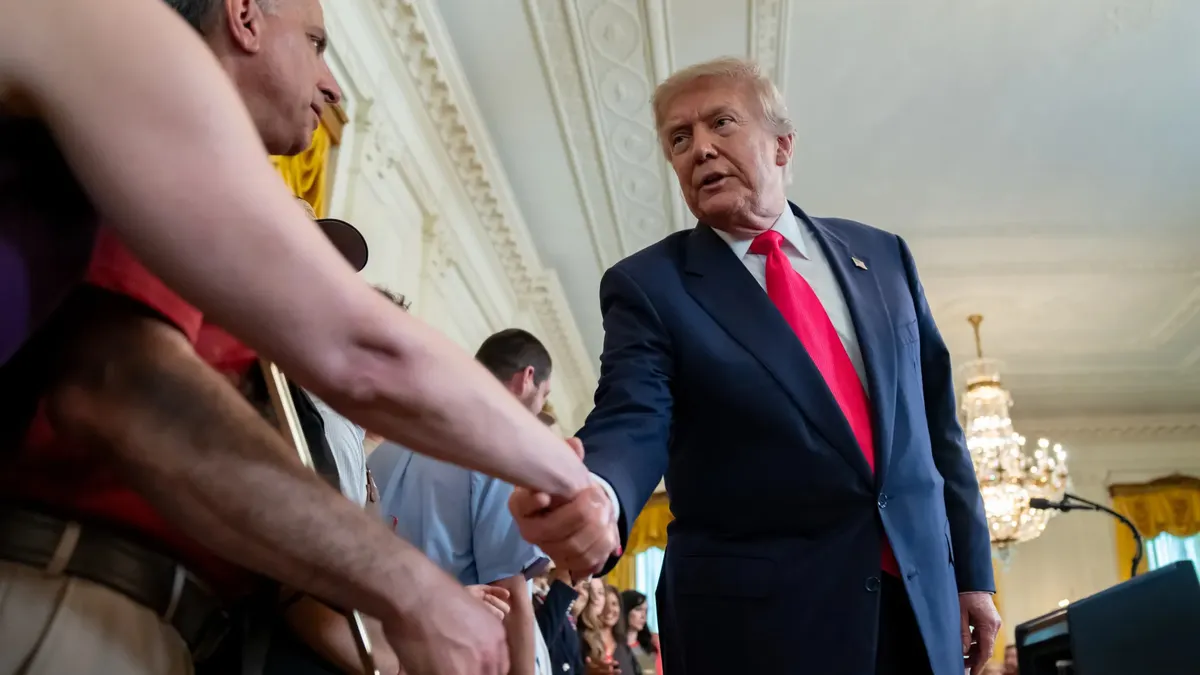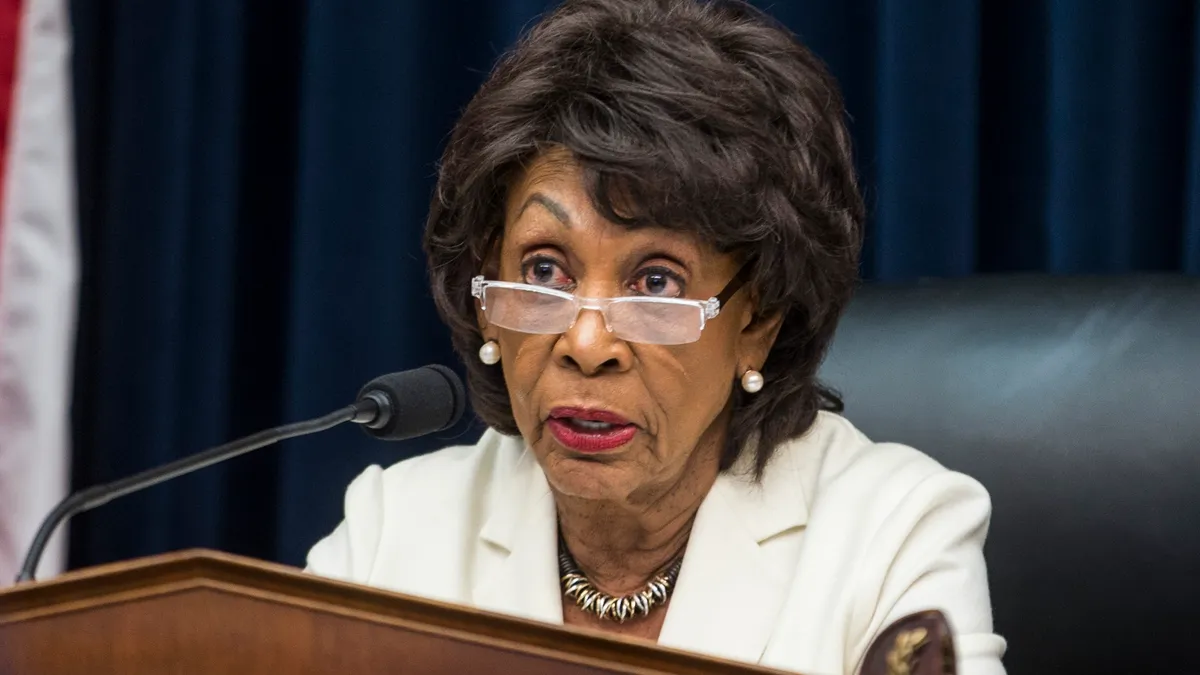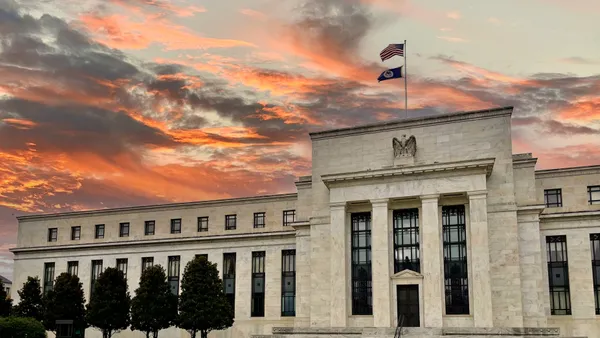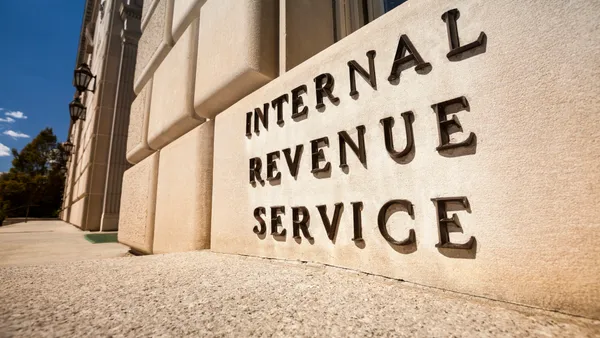When President Donald Trump signed the massive tax and spending bill into law on the Fourth of July, it’s no secret that it drew wildly varied reactions.
Characterizing it as pro-growth tax policy, the U.S. Chamber of Commerce President and CEO Suzanne P. Clark said the “enactment of the One Big Beautiful Bill Act is a win for economic growth, a win for workers and a win for communities across the country.”
The Tax Foundation think tank detailed a far more mixed economic picture, which it called “the good, the bad and the ugly,” finding that the bill’s extension of the expiring 2017 Tax Cuts and Jobs Act would align with the think tank’s principle of “stability,” for example by making permanent the provision allowing expensing of short-lived assets. However, it also decreases federal tax revenue by $4.5 trillion from 2025 through 2034, and further complicates the tax code.
But no matter where finance leaders stand on the political spectrum, the wide-ranging legislation will likely touch the bottom line of nearly all companies for many years. For executives who focused on recreational fireworks and family fun when the final version was ultimately put on the books, here are some of the first smart takes on the bill’s economic and tax implications published over the long weekend:
Re-engineering the tax code: The TCJA bill that was passed in Trump’s first administration, which dropped the corporate tax rate to 21% from 35%, was “the most thorough tax overhaul in a generation,” according to a report in The New York Times. The new bill extended some of the tax cuts while also including Trump’s populist provisions, such as a new tax exemption for tipped income for the next few years that was sparked by a conversation between Trump and a Las Vegas waitress.
“Rather than the type of systematic re-examination of the tax code that took place in 2017, the new Republican bill introduces a series of novel, populist and temporary cuts that Mr. Trump cooked up during the 2024 campaign to try to win the support of key constituencies,” Andrew Duehren writes. “At the same time, even as Mr. Trump’s return to office pointed the party’s tax agenda in a more populist direction, the new bill is in many ways the apotheosis of a traditionally conservative, supply-side philosophy.”
A macroeconomic plus: Despite all the political fireworks around the passing of the $3.4 trillion tax and spending bill, The Wall Street Journal reports that the economic impact will be modest at first. That’s because most of the bill’s price tag comes from extending provisions of the 2017 TCJA, which won’t have the same impact on the behavior of individuals and firms that they did when they were freshly implemented, or even the way President Joe Biden’s 2021 stimulus did. At the same time, the WSJ called it “a macroeconomic plus: Averting a tax increase is one less drag on an economy facing headwinds from Trump’s trade and immigration policies.”
One unambiguous piece of good news: In Marketplace Morning Report’s “The Big Beautiful Bill Scrapes Through,” a BBC World Service reporter described how the nearly 1,000 pages long bill squeaked through Congress by just four votes, stating that it boosts military and border spending, extends Trump era tax cuts but makes deep cuts to healthcare and food aid. The report went on to say that it contained “one unambiguous piece of good news” for the markets, in that it has a provision that increases America’s infamous debt ceiling; the law that places limits on how much the government can borrow.
Previously, it had been the case that the Treasury was due to “crash through” the debt ceiling in August or September, but now that’s been pushed through for a couple years, any threat of an imminent default has gone away. Still, the report said it will cause America’s long-term debt to grow over the next decade, which is bad news for the U.S. bond market. But while tax revenue falls, the report states that corporate earnings and stocks are projected to boom.














